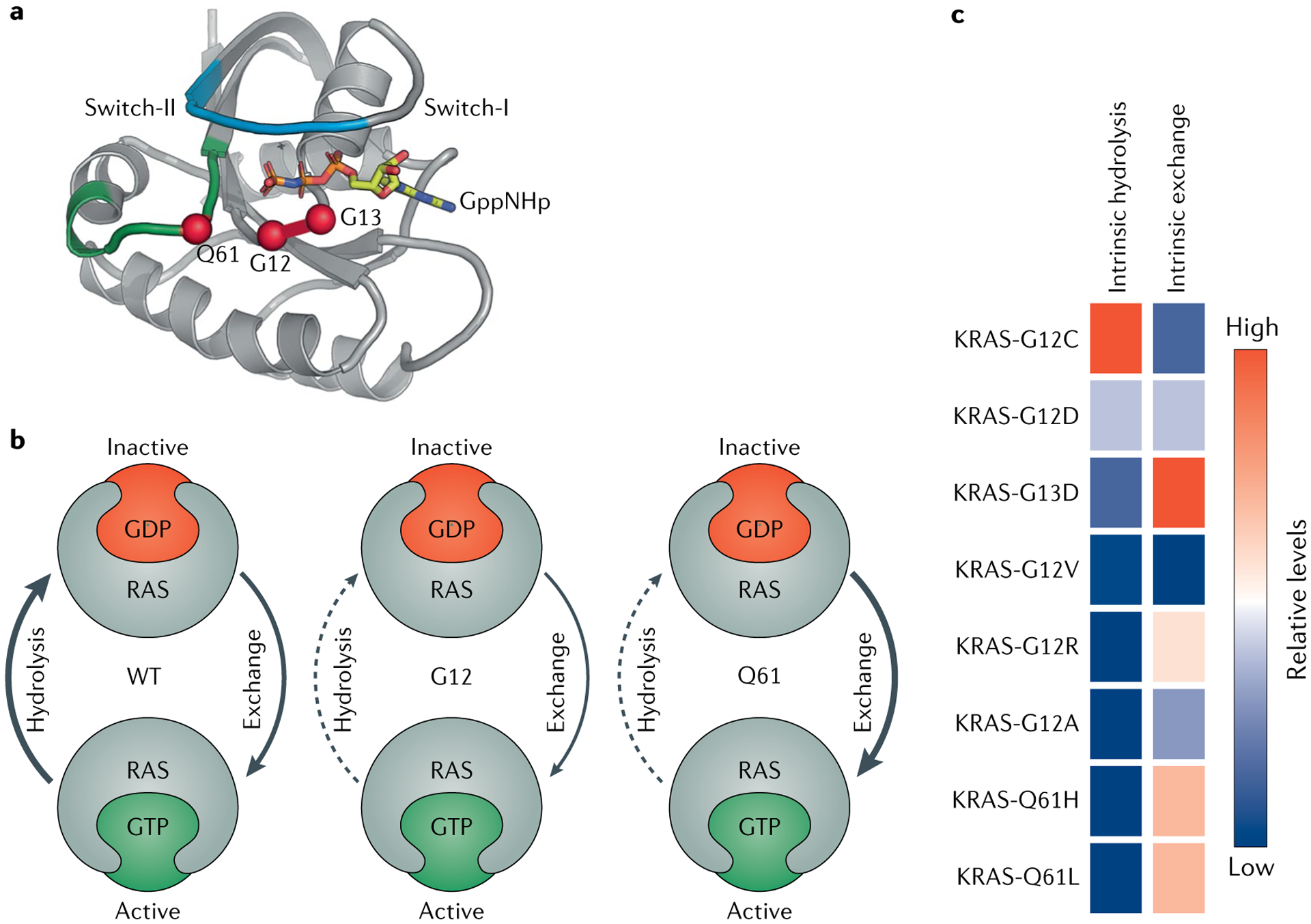Fig. 3 |. Biochemical features of mutant RAS proteins.

Mutations in codons 12, 13 and 61 disrupt the GTP hydrolysis and guanine exchange rates of RAS proteins. a | Ribbon diagram of HRAS. Switch-I is shown in light blue, switch-II is in green, GppNHp (a GTP analogue) is shown in yellow, and oncogenic hotspot residues G12, G13 and Q61 are shown as red spheres. b | Summary of generalized biochemical disruption of hydrolysis and guanine exchange upon mutations in codon 12 or 61. Generally, mutations in codon 12 disrupt the GTPase activity of RAS and thereby decrease the rate of GTP hydrolysis, so the mutant protein accumulates in the GTP-bound state. Mutations in codon 61 accelerate the rate of GDP–GTP exchange and simultaneously decrease the rate of GTP hydrolysis, so codon 61 RAS mutants also accumulate in the GTP-bound state. c | Biochemical properties of specific amino acid substitutions at KRAS codon 12, 13 or 61, rank ordered by intrinsic hydrolysis. Data acquired from results in Hunter et al.23. WT, wild type.
